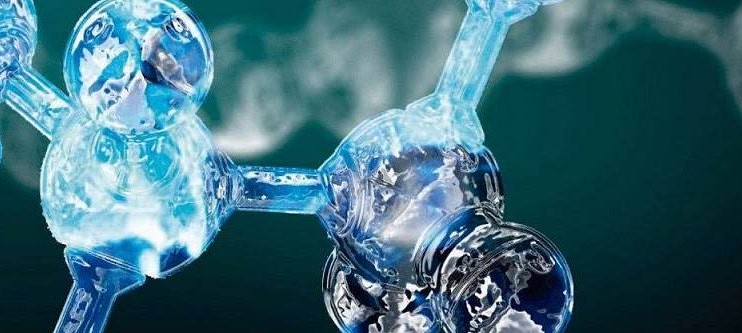A new thermoplastic biomaterial has been designed by a team of researchers for use in medical applications in soft tissue repair or flexible bioelectronics
Researchers from the United States and the United Kingdom managed to “adjust” new thermoplastic biomaterials to allow independent control of both the rate at which they degrade in the body and their mechanical properties. With these settings, different medical applications could be developed.
The new thermoplastic material, a type of polyester, has been designed for use in soft tissue repair or flexible bioelectronics by a team of researchers from Duke University (EU) and the University of Birmingham in the UK.
Can thermoplastic biomaterials repair tissues?
Engineering the rate of degradation in a bioabsorbable material generally also affects its mechanical properties, because the chemistry used to produce those properties also governs the rate at which the material degrades.
In a study published in Nature Communications, researchers showed that the addition of succinic acid, a product found naturally in the human body, can be used to control the rate of degradation.
The researchers showed how the new thermoplastic gradually degrades over a period of four months, after which the healthy tissues grow and eventually replace the implant. The scientists reported that tests were carried out on rats to confirm the biocompatibility and safety of the material.
By varying the amounts of succinic acid, the team was able to control the rate at which water penetrates the material, and thus the rate of degradation. Usually, structural changes that increase the rate of degradation would cause a loss of strength, but this material has been designed with a specific stereochemistry that mimics natural rubber and allows its mechanical properties to be precisely controlled.
Compensating for any loss of strength by making proper stereochemical adjustments is a significant advance that, so far, has not been achieved in any other degradable biomaterial, he explained in a press release from the University of Birmingham.

